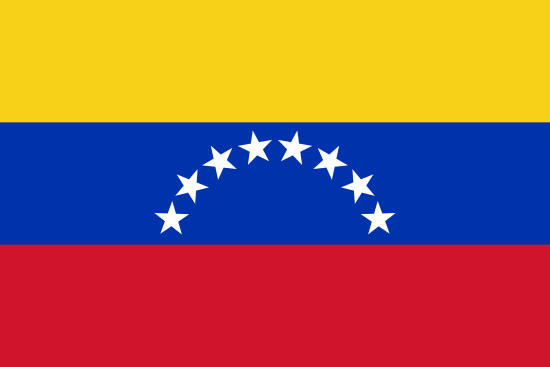 Venezuela
Venezuela
| Address | Avenida Los Mangos, Los Chaguaramos | Capacity | 23.940 |
| City | Caracas | Surface | grass |
The Olympic Stadium of the Central University of Venezuela (UCV), located in Caracas, is one of the most emblematic sports venues in the country and an icon of modern Latin American urbanism. It is part of the architectural complex of the University City of Caracas, a work by the renowned architect Carlos Raúl Villanueva, declared a UNESCO World Heritage Site in 2001. Inaugurated on December 5, 1951, it was conceived with an integral vision that combines sports functionality, architectural aesthetics, and art integrated into public spaces.
In its history, the stadium has witnessed significant events. Among them are the Bolivarian Games of 1951, the Little Club World Cup - a competition that pitted top European and South American teams in the 1950s - and several matches of the Copa America, including the final of the 1975 edition and games from the 2007 edition, after a significant renovation. Although its original capacity was 35,000 spectators, it currently has a capacity of 24,264 people, due to adaptations made over the years.
Currently, the stadium is home to various Venezuelan clubs such as Caracas FC, Metropolitanos FC, Deportivo La Guaira, and UCV FC, as well as being a regular venue for the Vinotinto. Its design includes an athletics track, allowing for multiple disciplines to be practiced. The proximity of the public to the field and its location within the university campus make it a space for the coexistence of sports, education, and culture.
One of the most distinctive aspects of the Olympic Stadium is the presence of artworks integrated into its structure, following Villanueva's original vision of merging architecture and art. Despite the passage of time and maintenance challenges, it remains a symbol of Venezuelan modernity and a reference point for football in South America.